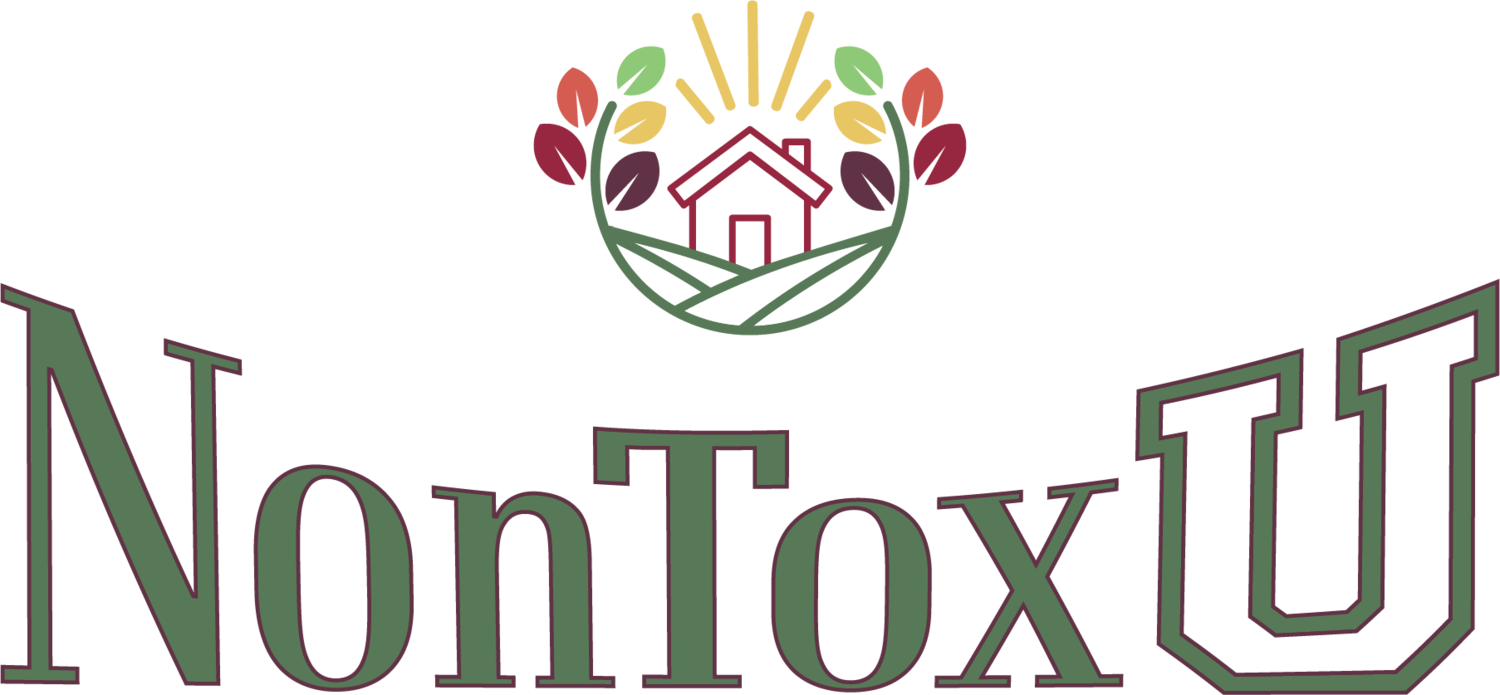Non-Toxic Certifications: What do They Mean?
September 3, 2019, by Lisa Powers
There are so many “non-toxic” certifications in the marketplace today. It can be confusing trying to figure out what they mean and, importantly, what they don’t mean.
The problem with most of these certifications is:
They are only testing a limited number of chemicals and
They are only testing the chemicals to an accepted level
In most cases, certifications show that a product may have a lower toxicity than a non-certified product but not that it is completely non-toxic.
Let’s take a look at two common certifications, GREENGUARD and GREENGUARD Gold.
GREENGUARD is a third party certification, which means it is an independent testing company that evaluates products for a fee. The company is transparent about its testing methodology and criteria.
What it Tests
It tests for volatile organic chemicals (VOCs) and their impact on air quality. See the complete list of criteria here.
Formaldehyde must be below .05 parts per million (ppm).
Individual VOCs must fall below 1/10th TLV. The threshold limit value (TLV) of a chemical substance is believed to be a level to which a worker can be exposed day after day for a working lifetime without adverse health effects.
What it Does NOT Test
This is only a test for chemical impact on air quality. It does not test for chemicals that do not significantly impact air quality but may be harmful to ingest or absorb through the skin such as lead or phthalates.
Overall, this a reputable organization with some of the strictest criteria in the world. You can be assured that certified products have relatively low toxicity, meaning that if you are faced with buying a certified product or a product with no certification it may be a safer bet. It does not mean that it is non-toxic. It is possible that it contains formaldehyde at levels that, when combined with other formaldehyde-containing items in your home, could cause a reaction in sensitive individuals. While there are no standards for formaldehyde levels in homes, according to the American Cancer Society, some people experience health effects when formaldehyde is present in the air at levels higher than 0.1ppm. If GREENGUARD certified products can contain .05ppm and you have any other items in your home that are emitting formaldehyde you could easily reach an unacceptable level.
If you are buying engineered flooring, be sure to ask if it contains phthalates because the GREENGUARD does not test for it.
GREENGUARD GOLD is a stricter certification than GREENGUARD and is designed for sensitive individuals, such as students and the elderly, and is intended for environments such as schools and health care facilities.
What it Tests
Limits emissions of more than 360 chemicals
Limits total VOC emission of a product
Formaldehyde must be below .0073 ppm.
Individual VOCs must fall below 1/100thTLV
What it Does NOT Test
Similar to the standard GREENGUARD certification, it only test for chemical impact on air quality. It does not test for chemicals that do not significantly impact air quality but may be harmful to ingest or absorb through the skin such as lead or phthalates.
As you can see, GREENGUARD GOLD limits chemical emissions to a much lower level that the standard GREENGUARD certification. It does, however, have the same limitations because it only measures for the impact of chemicals on air quality.
If you like this article, please share it!
©NonToxU LLC, 2020. All rights reserved.
